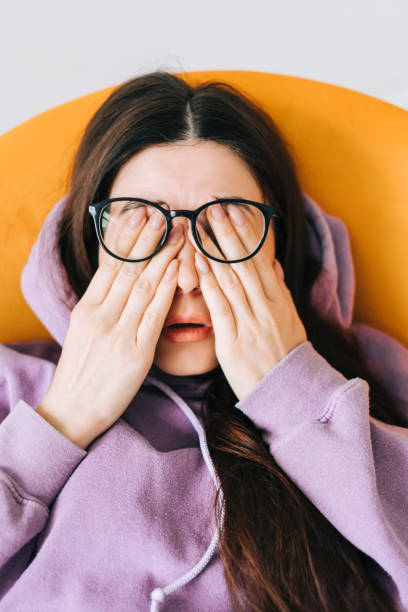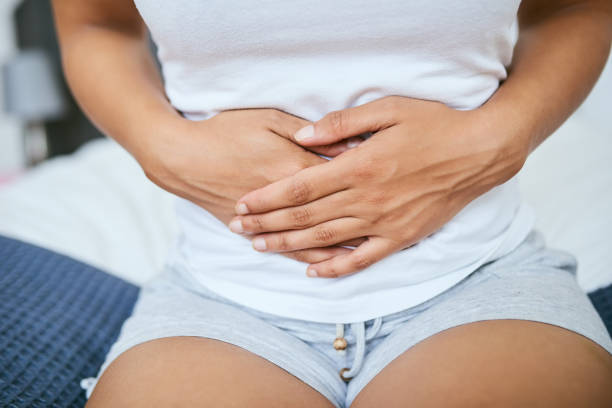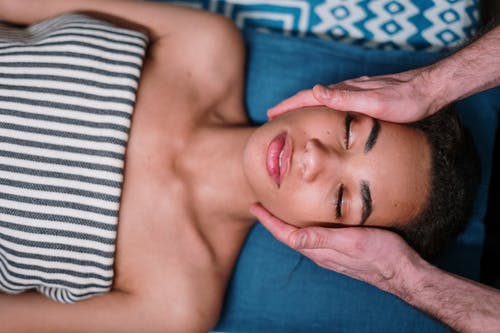What is it? and What does it feel like?
HEADACHE PAIN – in general is most often related to pressure on pain-sensitive body structures such as blood vessels, cranial nerves, sinuses, and other internal tissues that surround the brain. Keep in mind that headaches can also be a symptom of a neurological impairment, effects of medications, hormonal imbalance or other serious conditions.
Most often, headaches are classified into two categories: PRIMARY and SECONDARY headaches
* PRIMARY HEADACHES – are the types of headaches that are not caused by associated diseases or pathology. Some sources actually say that this type of headache has no known underlying cause. Migraines, tension, and cluster headaches are the types of primary headaches.
* SECONDARY HEADACHES – are headaches that are caused by underlying conditions or traumatic injuries. Secondary headaches include cranial injury, vascular disorder, bacterial infection, and even psychiatric disorder. Secondary headaches may also include disorders of the facial and cervical structures.
NOW, WHAT IS THE CONNECTION BETWEEN COVID AND HEADACHES?
COVID-19 is a serious respiratory illness that involves your lungs. SARS-CoV-2, the clinical term for COVID-19, has notable symptoms such as the loss of the sense of smell and taste, body aches/pains, sore throat, and headaches. Headaches are often attributed to other viral infections, but remember, having a headache does not automatically mean that a person has a virus in their body.
As mentioned earlier, headaches can be a common health complaint and having one does not necessarily mean that you have COVID-19.
According to the research of ZOE COVID study, COVID-19 differentiates from other types of headache as it tend to:
* Present as moderately to to severely painful
* Complaints of ‘throbbing’, ‘pulsating’, or ‘stabbing’ pain
* Pain can be located on both sides of the head
* Persistent pain that lasts for more than 4 days
Currently, the exact etiology of COVID-19 headaches is unclear, but headaches associated with the respiratory condition are related to dehydration and hunger due to not consuming adequate amounts of water and food.
The same study also stated that around seven in ten adults who are diagnosed with COVID-19 will have a headache, so it is quite common. However, it is slightly less common in children, affecting only six out of ten. COVID-related headaches are often reported at the start of the illness and will usually last for around 3 to 5 days.

WITH THIS INFORMATION AT HAND, WHAT CAN WE DO ABOUT THESE HEADACHES?
If you have ever experienced headaches before, it is best to stick with whatever medication or treatment the physician has previously given you.
If you have also identified the causes of these headaches or already know what triggers an episode, try to avoid them as much as possible to reduce the occurrence of pain.
Keep in mind that alcohol can make headaches worse, so ladies, try to keep away from the Pina Colada for the meantime. Remember that stress is also a factor, so relaxation techniques and getting adequate sleep are important for the management of whatever headache you may have.
TO SUM IT ALL UP
A Headache is one of the symptoms of COVID-19 along with fever, loss of smell and taste, as well as muscle pains and cough. Keep in mind, however, that the headache you may have may be due to another condition. Most patients will report that their headache improves after 3 weeks, but some have reported that it may last even after they have recovered.
Although COVID headaches may seem persistent, they typically go away on their own.
If by chance you notice that you are presenting symptoms of COVID-19, contact your doctor to get the proper treatment. If you have a persistent headache, your doctor can prescribe you with the proper medication to address that problem.





